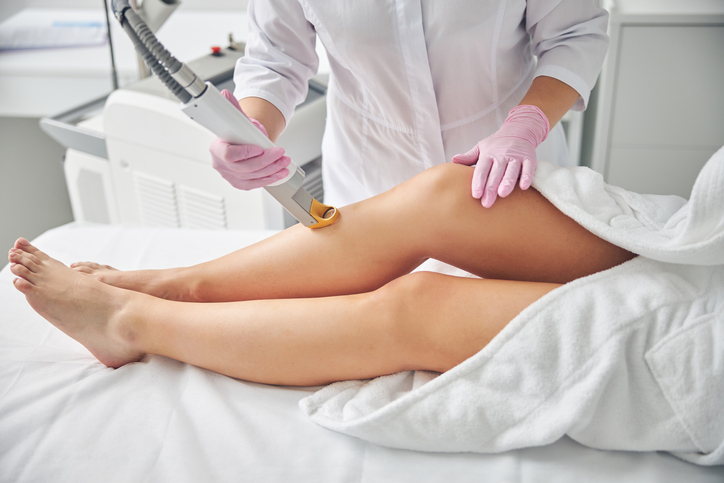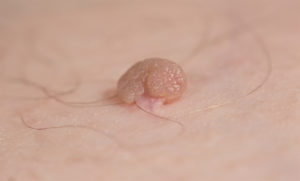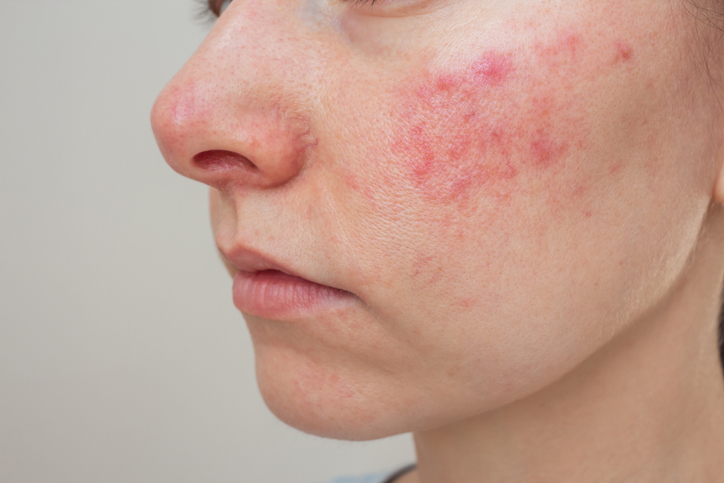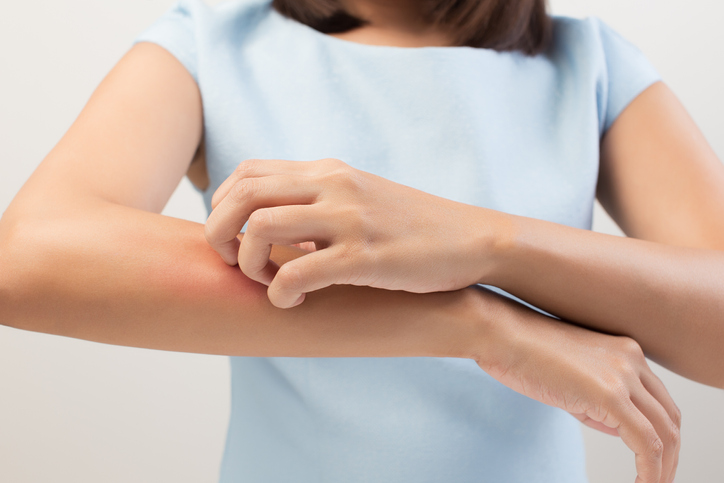
The evolution of intense pulsed light
Intense pulsed light (IPL) has become a staple in beauty salons and dermatology clinics. Learn how it works for hair removal, acne management, and more.
Dr Michael Rich is a specialist dermatologist who has been performing tumescent liposuction for over 30 years. Find out if Liposuction is suitable for you at ENRICH Clinic.
At ENRICH Clinic, we have a wide range of dermatological and cosmetic body treatments tailored to individual body and patient needs.
At ENRICH Clinic, our treatments are performed by our medical team consisting of doctors, nurses, and dermatologists and are tailored to each patient’s skin health needs.
ENRICH Clinic is committed to your skin health and well-being with a range of dermatological & cosmetic treatments tailored to the individual. Our treatments are performed by our medical team consisting of doctors, nurses, and dermatologists.
Skin health is essential for everyone. ENRICH Clinic has a wide range of technologies and dermatological solutions to help you achieve your skin care goals.
Skin tags are harmless, soft little pieces of skin attached to our natural surface by a little stalk. Skin tags tend to appear in areas where skin rubs against other skin or clothes, like in a crease, but they can appear anywhere. You may see skin tags most obviously on the eyelids, armpits or neck in yourself or others.
Skin tags are found in all ages and at all stages of life but tend to occur more frequently later in life and on people who have certain medical conditions.

You might be surprised to know that a skin tag is medically known as a benign skin tumour. A tumour is understood to be a growth of cells in a cluster, and most tumours – including skin tags – are not associated with any form of cancer and most are completely harmless.
Skin tags aren’t dangerous, but we may remove them for cosmetic or practical reasons. A skin tag may get in the way of clothing, shaving or jewellery. Skin tags look a bit like a wart or mole.

Because skin tags are harmless, the only time removal is if they cause cosmetic or practical concerns. At ENRICH Clinic, we quickly and painlessly remove skin tags using one of several methods:
While you can attempt to remove skin tags at home, it’s usually safer and more efficient to get a professional on the job. Skin tags can bleed a lot or become infected, and a failed job can result in scarring. Your regular doctor or dermatologist can easily remove skin tags in their office without fuss, bleeding or scarring.
There is one exception where even your doctor or dermatologist can’t remove the skin tags, and that is where the skin tag is very close to the eyelid margin. In this case, your skin tag may have to be removed by a specialist eye doctor.
Once a skin tag is gone, there is no reason for more to crop up in its place.
Dr Michael Rich at ENRICH Clinic can guide you on the best course of action for removing your skin tags, including complex cases.
We’re not sure why skin tags develop, but one theory is that collagen clusters and blood vessels become trapped inside a thick piece of skin. Because skin tags are most often found in creases in the skin, rubbing skin may have some impact on their development; however, many skin tags develop in areas that do not rub on other skin.
If your relatives have many skin tags, you are probably destined for the same fate. People living with diabetes, obesity and those who are pregnant also get more skin tags.
There is some evidence that skin tags may be an indicator of impaired carbohydrate metabolism. Skin tags may be a marker for metabolic syndromes, so if you have a lot of skin tags, it could be worth talking over with your doctor.

Skin tags do not need to be biopsied after removal, as there is no evidence that skin tags are at risk of becoming cancerous – this is extremely rare. If your doctor suspects that your skin tag was something else more nefarious, they may send it off to be tested to be safe.
A more substantial or irregular growth may be sent off for testing, so if your skin tag has been bleeding or has changed colour, size or shape, tell your doctor.
A purple or black skin tag usually means the stalk of the skin tag is twisted, and the skin tag tissue is dying. The skin tag will often then fall off at some point, but if it remains and is still black, see a doctor to have it checked. The process of turning black and falling off is about a week to 10 days.
If you are getting multiple skin tags removed, you will likely develop little scabs as the small wounds heal. These minor wounds don’t mean lots of scars, since the smaller the wound, the less collagen is required to fill the gap, which is what creates a pale scar.
The stalk is quite small in diameter compared with the bulb of the skin tag, so the actual connecting surface area is relatively small, and thus there is little to no scarring left. Scarring may occur after removal of a skin tag, but it is usually minimal and not visible to the naked eye. All scars fade over time.
There is no evidence to say that removing a skin tag will cause more skin tags to appear. Once the skin tag is gone, you can expect it to stay gone for good. You may develop other skin tags on other areas of your body or even the same area, but this isn’t because you removed the other one.
We can help remove your skin tags
Contact us for a quick, expert appointment to remove your skin tags
ENRICH Clinic
*With all surgeries or procedures, there are risks. Consult your physician (GP) before undertaking any surgical or cosmetic procedure. Please read the consent forms carefully and be informed about every aspect of your treatment. Surgeries such as liposuction have a mandatory seven-day cooling-off period to give patients adequate time to be sure of their surgery choice. Results may also vary from person to person due to many factors, including the individual’s genetics, diet and exercise. Before and after photos are only relevant to the patient in the photo and do not necessarily reflect the results other patients may experience. Ask questions. Our team of dermatologists, doctors and nurses are here to help you with any of your queries. This page is not advice and is intended to be informational only. We endeavour to keep all our information up to date; however, this site is intended as a guide and not a definitive information portal or in any way constitutes medical advice.
"*" indicates required fields
Combining Dr Rich’s dermatological skill with his knowledge of restorative skin regimes and treatments, the ENRICH range is formulated to help maintain and complement your skin. Our signature Vitamin C Day & Night creams are now joined by a Vit A, B,&C Serum and a B5 Hyaluronic Gel, both with hydration properties and much, much more.

Intense pulsed light (IPL) has become a staple in beauty salons and dermatology clinics. Learn how it works for hair removal, acne management, and more.

Worried you have eczema, dermatitis, or psoriasis? We talk symptoms, causes, triggers, and treatments for these common causes of itchy skin.

Research has shown that snoring can be reduced by up to 60% after two or three treatments with ENRICH Clinic’s high-tech target lasers designed to tighten the soft palate and stop snoring.

Suddenly dealing with itchy skin? We’ll talk about the common causes and how to find relief.
Subscribe to the ENRICH newsletter and receive latest news & updates from our team.
Enrich Clinic acknowledges the Traditional Lands of the Wurundjeri Woi Wurrung and Bunurong peoples of the East Kulin Nations on which we work and trade. We pay respect to their Elders past, present and emerging. We extend our acknowledgement and respect to the LGBTQIA+ community who we welcome and support. Read our full Acknowledgement Statement here
